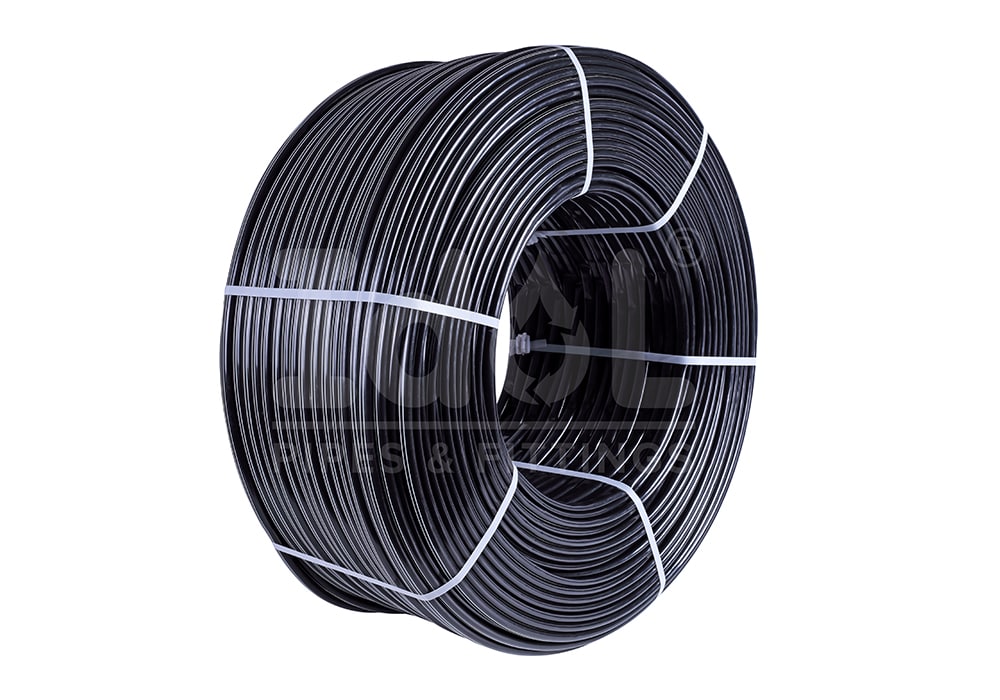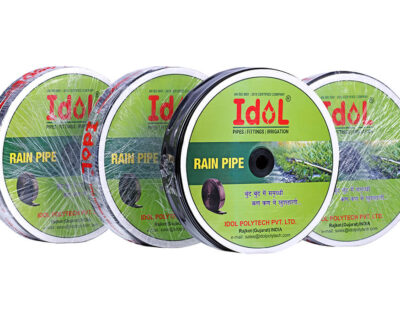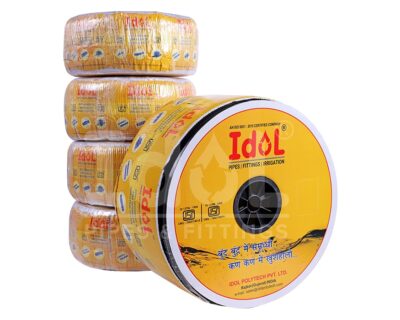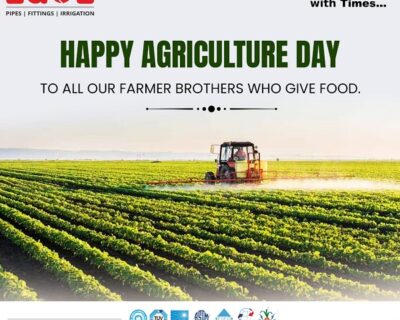Updates

Unlock Water Conservation with Plain Drip Irrigation
Unlock Water Conservation with Plain Drip Irrigation
Water is a finite resource, and with the ever-increasing demands of agriculture, it is crucial that we find sustainable ways to use water efficiently. Drip irrigation, a method that has been around for centuries, has gained significant attention in recent years as an eco-friendly and water-saving solution. Plain drip irrigation, in particular, is a straightforward and cost-effective approach to maximize water conservation in agriculture.
The Basics of Drip Irrigation
Drip irrigation is a method of applying water directly to the roots of plants, providing them with a consistent and controlled water supply. Unlike traditional surface irrigation methods that can waste water due to evaporation, runoff, or deep percolation, drip irrigation minimizes these losses by delivering water precisely where it is needed.
Plain drip irrigation, also known as non-pressure compensating drip irrigation, is a simple variation of this system. It doesn’t rely on complicated pressure-compensating mechanisms but uses gravity to distribute water evenly across the field. This makes it an attractive choice for farmers who are looking for a cost-effective solution that can help them conserve water without the need for extensive technical expertise.
Water Conservation Benefits of Plain Drip Irrigation
- Reduced Water Waste: Plain drip irrigation minimizes water wastage, as it delivers water directly to the root zone. This precision targeting ensures that the majority of the water applied is used by the plants, with very little loss due to evaporation or runoff.
- Enhanced Plant Health: By providing a consistent and reliable water supply, plain drip irrigation helps maintain optimal soil moisture levels. This stability can result in healthier plants, improved growth, and increased crop yields.
- Weed Control: Since the water is delivered directly to the plant roots, plain drip irrigation reduces the moisture available to weeds between rows, which can help in natural weed control. This can save water and reduce the need for herbicides.
- Nutrient Management: Drip irrigation systems can be coupled with fertigation, allowing for the precise application of fertilizers along with water. This ensures that plants receive essential nutrients directly, reducing fertilizer runoff and minimizing environmental impact.
- Savings in Energy and Labor: Traditional irrigation methods often require significant energy and labor inputs. Drip irrigation, including plain drip systems, is more energy-efficient and requires less manual labor, making it a cost-effective and sustainable choice.
- Compatibility with Various Crops: Plain drip irrigation can be adapted to a wide range of crops, from row crops to orchards and vineyards. Its flexibility allows farmers to conserve water while effectively irrigating their specific crops.
Challenges and Considerations
While plain drip irrigation offers numerous benefits, there are some challenges and considerations that farmers should keep in mind:
- Maintenance: Drip irrigation systems, including plain drip, require regular maintenance to ensure they function optimally. This includes monitoring for clogs and leaks and replacing worn-out components.
- Initial Investment: The cost of setting up a drip irrigation system can be higher than traditional methods. However, the long-term water and energy savings often outweigh the initial investment.
- Design and Layout: Proper system design and layout are essential for the success of a plain drip irrigation system. Farmers should consider factors such as soil type, crop water requirements, and topography when planning their system.
- Water Quality: Drip systems are sensitive to water quality. High levels of sediment, minerals, or organic matter in the water can clog the emitters. Proper filtration and water treatment are necessary to maintain system efficiency.
Conclusion
Plain drip irrigation is a water-efficient and eco-friendly method that can help farmers unlock the potential for water conservation in agriculture. By delivering water directly to plant roots, this system minimizes water wastage, enhances crop health, and reduces the environmental impact of agriculture. While there are some initial costs and maintenance considerations, the long-term benefits make plain drip irrigation an attractive choice for sustainable and efficient water use in agriculture. With the growing global concern over water scarcity, the adoption of plain drip irrigation can play a vital role in securing the future of our food supply while protecting our precious water resources.
For More Information: Plain Drip Irrigation System




